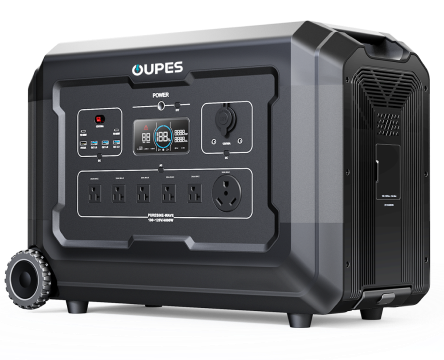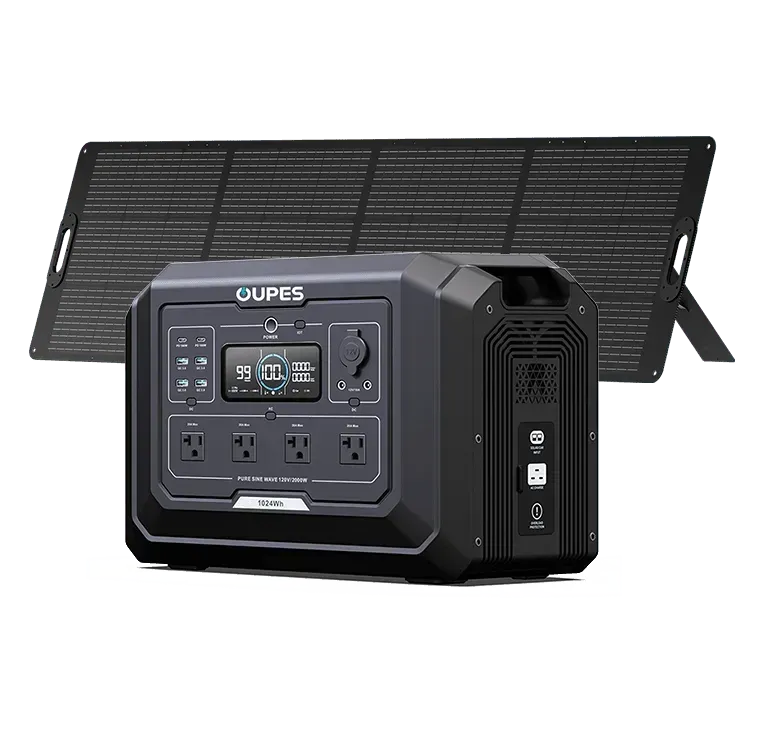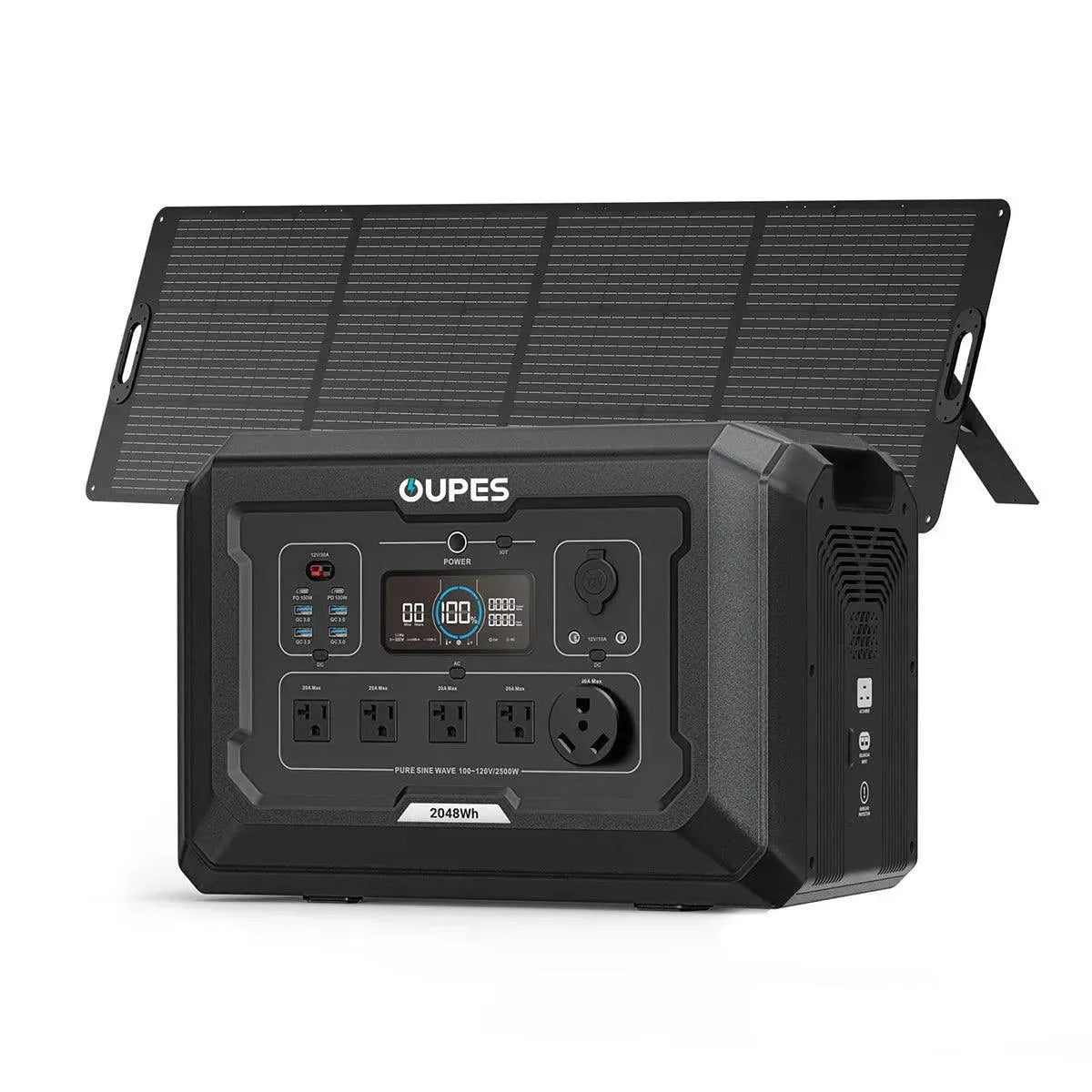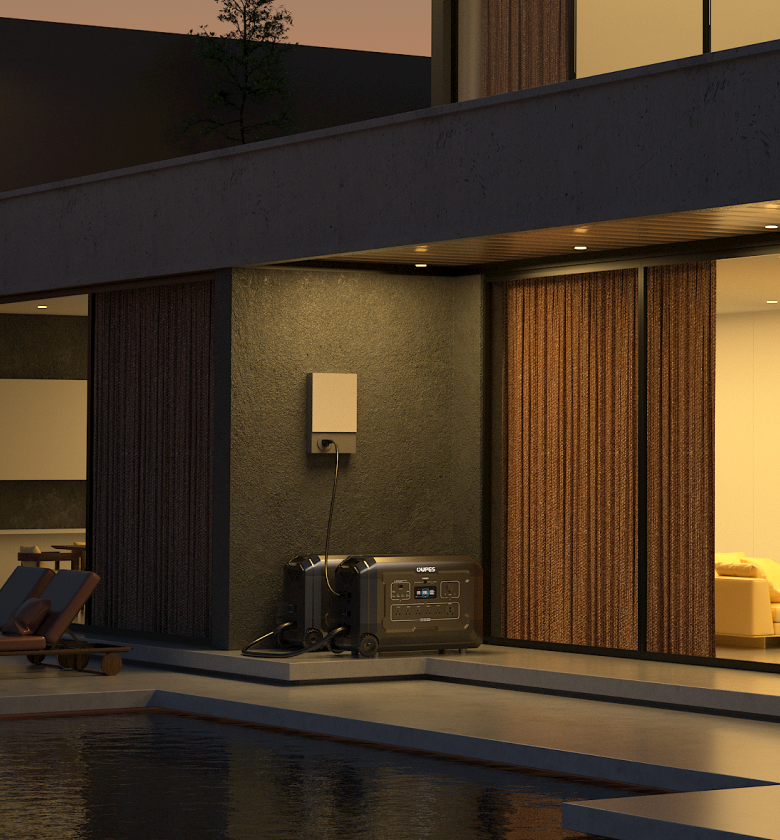In the realm of off-grid power systems, portable power stations, and emergency backup devices, a reliable and efficient electrical connection is crucial. The Anderson Powerpole connector is a trusted solution in these scenarios, known for its robust design and versatility. It’s widely used in solar setups, portable generators, and DC power systems. Let’s dive into what an Anderson connector is, how it works, its applications, and how it compares to similar solutions like MC4.
What Is an Anderson Connector?
The Anderson Powerpole connector is a modular, genderless DC connector developed by Anderson Power Products. It’s designed for quick, secure, and reversible power connections in high-current environments. Due to its polarity-free structure and color-coded housing, it’s often used in applications where ease of connection, safety, and reliability are key.
Here are some key features:
· Genderless Design: Both connectors are identical and can be plugged into each other without worrying about matching male/female ends.
· High Current Capacity: Powerpole connectors support a wide range of amperages, from 15A to over 180A, depending on the size and model.
· Modular Housing: Multiple connectors can be joined side-by-side to form multi-wire connections.
· Color-Coded Housing: Each color typically represents a voltage or polarity, minimizing the chance of misconnection.
How Do Anderson Powerpole Connectors Work?
Anderson Powerpole connectors operate based on a spring-loaded flat contact system. When two connectors are mated, the contacts slide past each other to form a low-resistance, vibration-resistant connection. Here’s how it works:
· Crimped or Soldered Terminals: Copper wires are attached to the metal contact blades using crimping or soldering techniques.
· Sliding Contact Interface: When connected, the spring-loaded metal contacts ensure firm, self-cleaning contact even under vibration.
· Snap-In Housing: Once the terminals are inserted into the plastic housing, they lock into place with a “click,” ensuring a secure fit.
· Modularity and Polarization: The housings can be snapped together in different configurations to support customized wiring layouts.
This design ensures consistent, low-resistance power transfer even in mobile or outdoor environments where traditional connectors may fail.
What Are Anderson Powerpole Connectors Used For?
Anderson connectors are used across a wide range of applications, particularly in portable and off-grid power systems. Here’s how they serve in various use cases:
1. DC Output on Portable Power Stations
Many modern portable generators use Anderson connectors as their main DC output port. This allows for secure, high-current delivery to devices like 12V refrigerators, LED lighting systems, water pumps, or power tools.
2. Solar Input Connections
Because of their high current handling and rugged structure Anderson connectors are frequently used for connecting solar panels to portable power stations, enabling fast and stable solar charging.
3. Parallel Battery or Generator Linking
For users who need to expand power capacity, Anderson connectors make it easy to connect multiple power stations or batteries in parallel, safely combining their output.
4. Emergency Deployment Scenarios
In emergency response or mobile medical setups, quick and reliable power connections are essential. Anderson connectors allow for tool-free, fast deployment, making them ideal for disaster relief and mobile command units.
Are Anderson Powerpole Connectors the Same as MC4 Crimp Connectors?
No, Anderson Powerpole connectors and MC4 connectors serve different purposes and are not interchangeable. Here’s how they differ:
|
Feature |
Anderson Powerpole |
MC4 Connector |
|
Application |
DC output/input (general) |
Solar panel string connections |
|
Current Capacity |
Up to 180A+ |
Typically up to 30A |
|
Polarity |
Genderless (non-polarized) |
Male/Female pair (polarized) |
|
Tool Requirement |
Crimping tool or soldering iron |
MC4-specific crimping + MC4 wrench |
|
Reusability |
Easily reusable, tool-free unpairing |
Locking mechanism, tool needed |
|
Modularity |
Stackable, modular configuration |
One-to-one wiring |
MC4 connectors are optimized for long-term, weatherproof connections in fixed solar arrays, while Anderson connectors are better suited for mobile or temporary power systems, like portable generators, battery packs, or field-deployable kits.
Summary
Anderson Powerpole connectors offer a high-performance, flexible, and user-friendly solution for DC power systems, especially in portable and off-grid setups. Whether you're using a portable power station, solar generator, or mobile backup kit, Anderson connectors allow you to quickly and safely manage power connections with minimal effort. Their genderless design, high current capacity, and modular structure make them one of the most reliable options in the market.
By understanding how Anderson connectors work and how they differ from alternatives like MC4, you can make informed decisions when building or upgrading your off-grid power system.

































Leave a comment
This site is protected by hCaptcha and the hCaptcha Privacy Policy and Terms of Service apply.